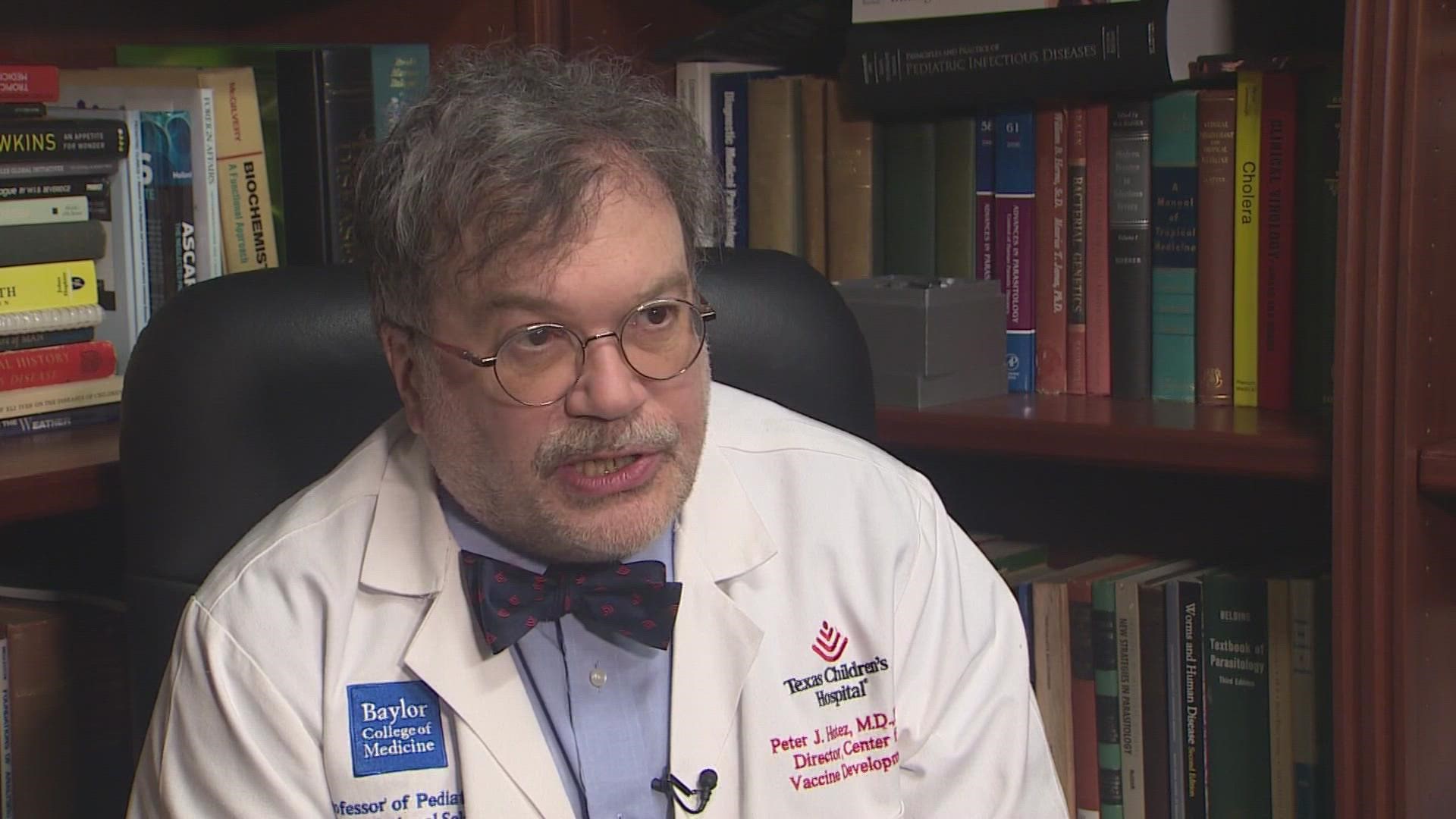South African scientists identified a new version of the coronavirus this week that they say is behind a recent spike in COVID-19 infections in the country's most populous province. In a statement on Friday, the World Health Organization designated it as a “variant of concern,” naming it “omicron” after a letter in the Greek alphabet.
How do variants occur? The coronavirus mutates as it spreads and many new variants, including those with worrying genetic changes, often just die out. Scientists monitor COVID-19 sequences for mutations that could make the disease more transmissible or deadly, but they cannot determine that simply by looking at the virus.
Two of the variants are considered by the WHO to be variants of interest (VOI). That means they have both the following criteria:
- A variant with genetic changes that are predicted or known to affect virus characteristics such as transmissibility, disease severity, immune escape, diagnostic or therapeutic escape
- A variant identified to cause significant community transmission or multiple COVID-19 clusters, in multiple countries with increasing relative prevalence alongside increasing number of cases over time, or other apparent epidemiological impacts to suggest an emerging risk to global public health
Lambda
- Technical name: C.37
- Earliest documented samples: Dec. 2020, Peru
Mu
- Technical name: B.1.621
- Earliest documented samples: Jan. 2021, Colombia
Their technical names come from the Pango nomenclature, used by researchers and public health agencies around the world.
The other five variants, including omicron, are classified by WHO as variants of concern (VOC). The organization said that means the variants have the properties of a VOI plus at least one of the following.
- Increase in transmissibility or detrimental change in COVID-19 epidemiology
- Increase in virulence or change in clinical disease presentation
- Decrease in effectiveness of public health and social measures or available diagnostics, vaccines, therapeutics
Here are five variants of concern, as labeled by the WHO.
Alpha
- Technical name: B.1.1.7
- Earliest documented samples: Sept. 2020, United Kingdom
Beta
- Technical name: B.1.351
- Earliest documented samples: May 2020, South Africa
Delta
- Technical name: B.1.617.2
- Earliest documented samples: Oct. 2020, India
This remains the predominant variant which is still driving higher cases of sickness and death in Europe and parts of the United States. Delta is accounting for more than 99% of sequences submitted to the world’s biggest public database.
Gamma
- Technical name: P.1
- Earliest documented samples: Nov. 2020, Brazil
Omicron
- Technical name: B.1.1.529
- Earliest documented samples: Nov. 2021, multiple countries
Scientists know that omicron is genetically distinct from previous variants including the beta and delta variants, but do not know if these genetic changes make it any more transmissible or dangerous. So far, there is no indication the variant causes more severe disease.
Dr. Peter Hotez, an expert with the Baylor College of Medicine, told KHOU he doesn't think omicron is anything to panic about yet.
"I have not seen strong evidence that it's more transmissible than delta. The U.K. government says it might be, and it might be," Dr. Hotez said. He noted that the beta and lambda variants "never took off" after they emerged.
It will likely take weeks to sort out if omicron is more infectious and if vaccines are still effective against it.
There are seven other variants listed by the WHO as variants under monitoring and another 14 under the classification of formerly monitored variants.
Separately from the WHO, the U.S. Centers for Disease Control and Prevention has its own ranking system. The only one listed as a variant of concern by the CDC is delta.
Others are listed as variants being monitored: Alpha, Beta, Gamma, Epsilon, Eta, Iota, Kappa, Mu, Zeta and B.1.617.3. No variants are listed by the CDC under its other classifications: variant of interest or variant of high consequence.
Raf Casert and Calvin Woodward of the Associated Press contributed to this report.

